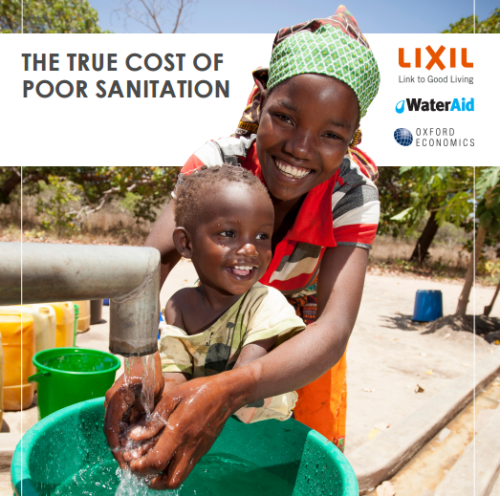Global Innovation Exchange – Finalist in the 2018 Digital Pitch Contest
x-runner – We provide a non-conventional sanitation solution for families who live in informal human settlements in Lima and lack access to water and safely managed sanitation.
Innovation Description
X-runner offers a sustainable sanitation solution that provides urban households with a portable dry toilet and a responsible service that removes and converts the human waste into compost, thus improving the daily lives, health and environment of thousands of individuals. 
Our non-conventional sanitation solution consists of a Container Based Sanitation (CBS) system which provides homes with a dry toilet of high technology and also includes the collection and responsible treatment of the generated waste and a continuous customer service support.
Once a week we pick up the feces from every household or respective collection points and bring them to the treatment plant, where they are transformed into compost, an ecological fertilizer. This is how we avoid that the families are in direct contact with the fecal waste as well as the accumulation or inadequate management of the feces.
Our clients pay a monthly fee of 12$ for the pick-up service. But as we offer this service to low-income households, it is subsidized by grants and prize money from international foundations.
We are also a founding part of the CBS Alliance which seeks to formalize CBS as a widely accepted and endorsed approach among municipalities and regulators, to help non-conventional sanitation services to reach scale, and to achieve sustainable impact in urban areas around the world. (http://www.cbsa.global/#/)






